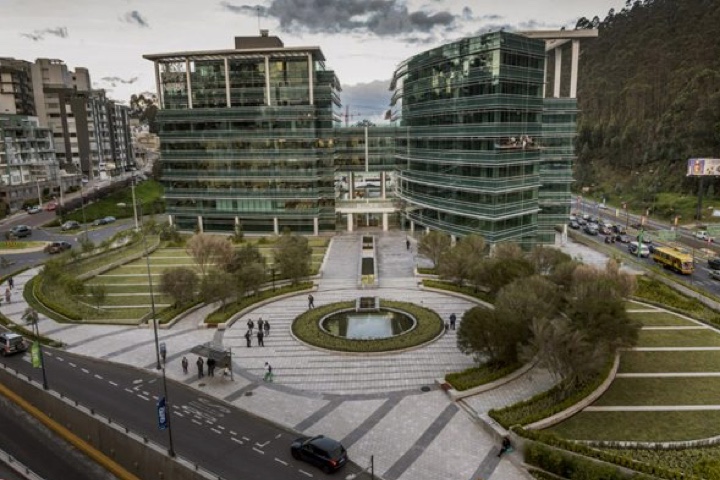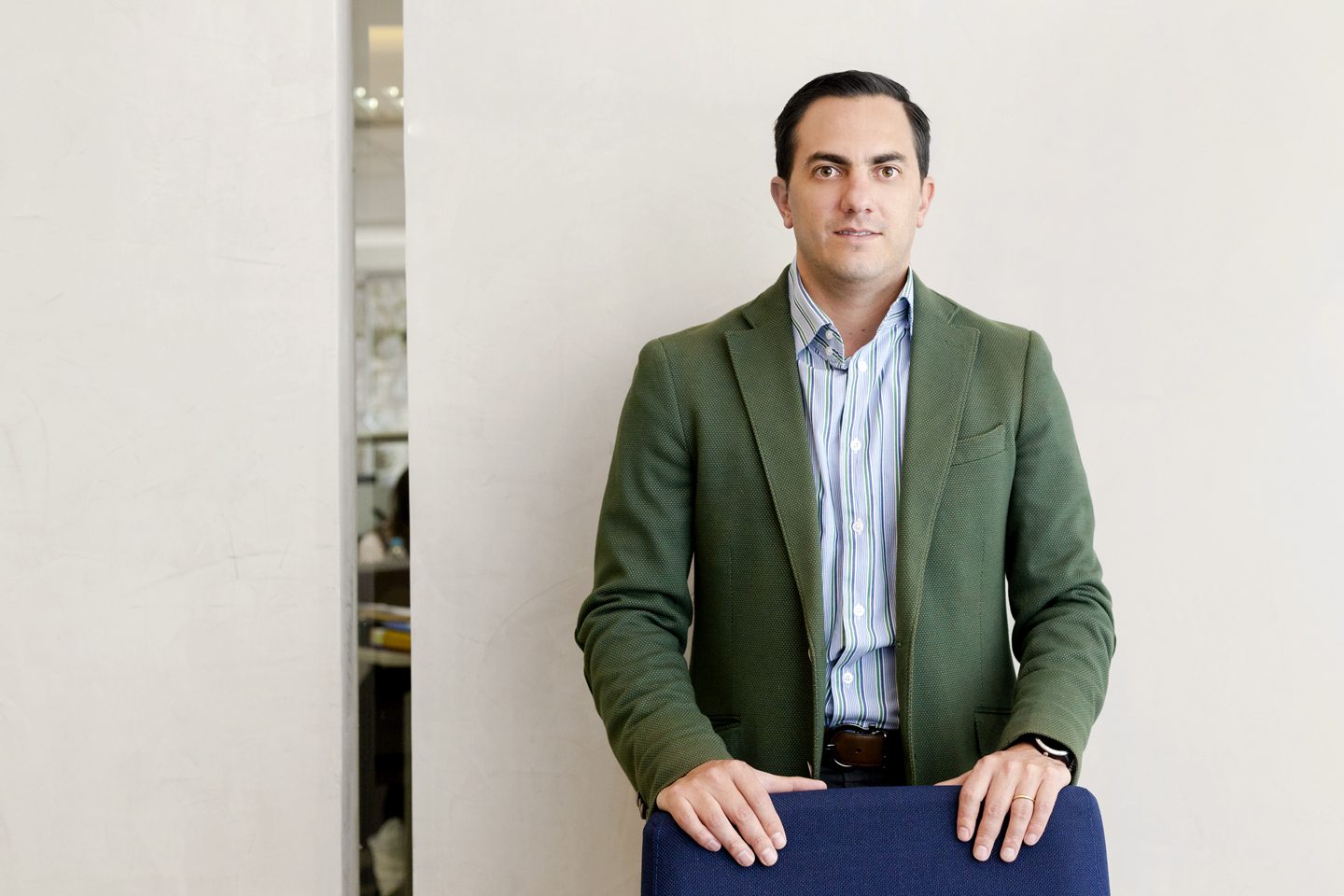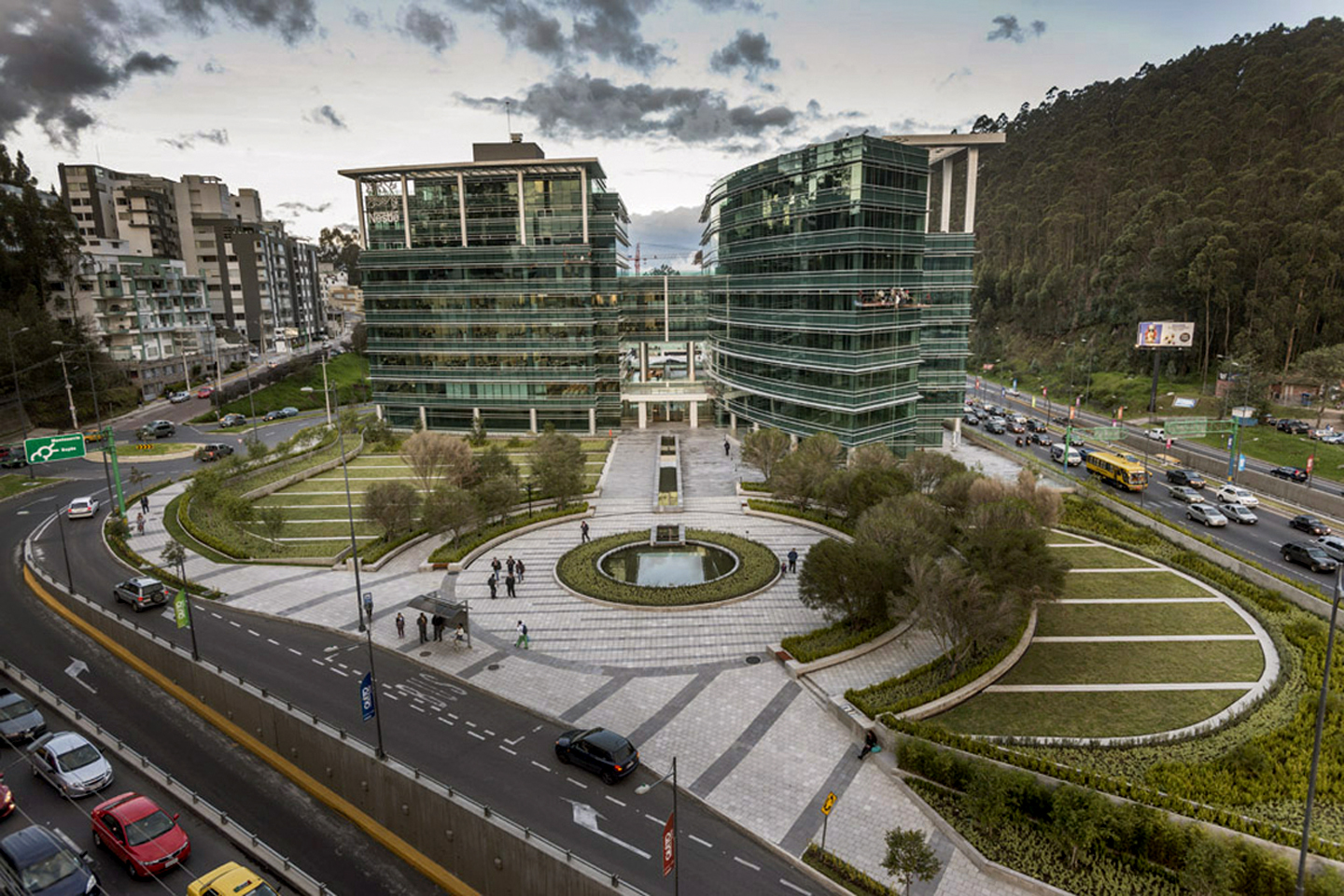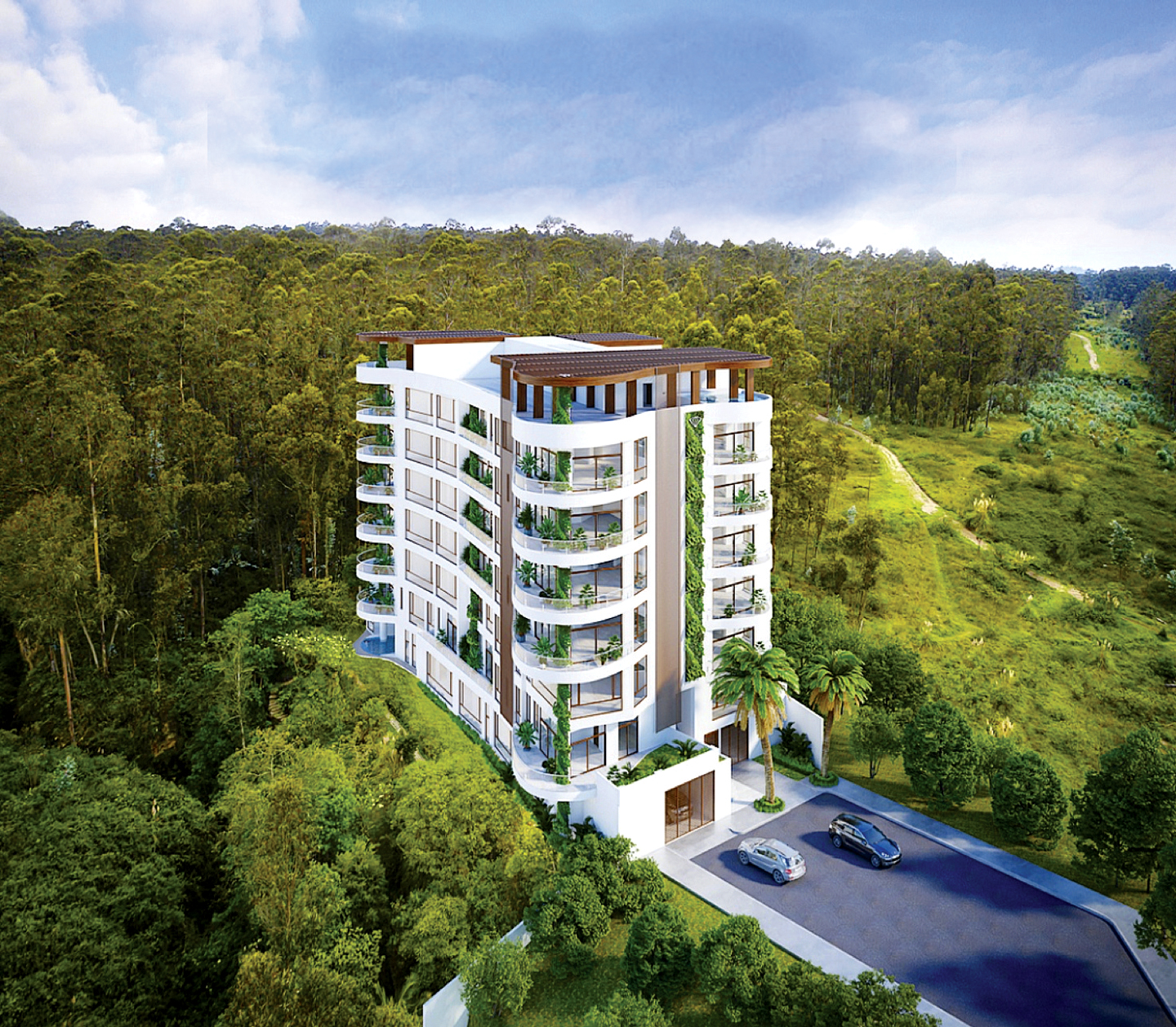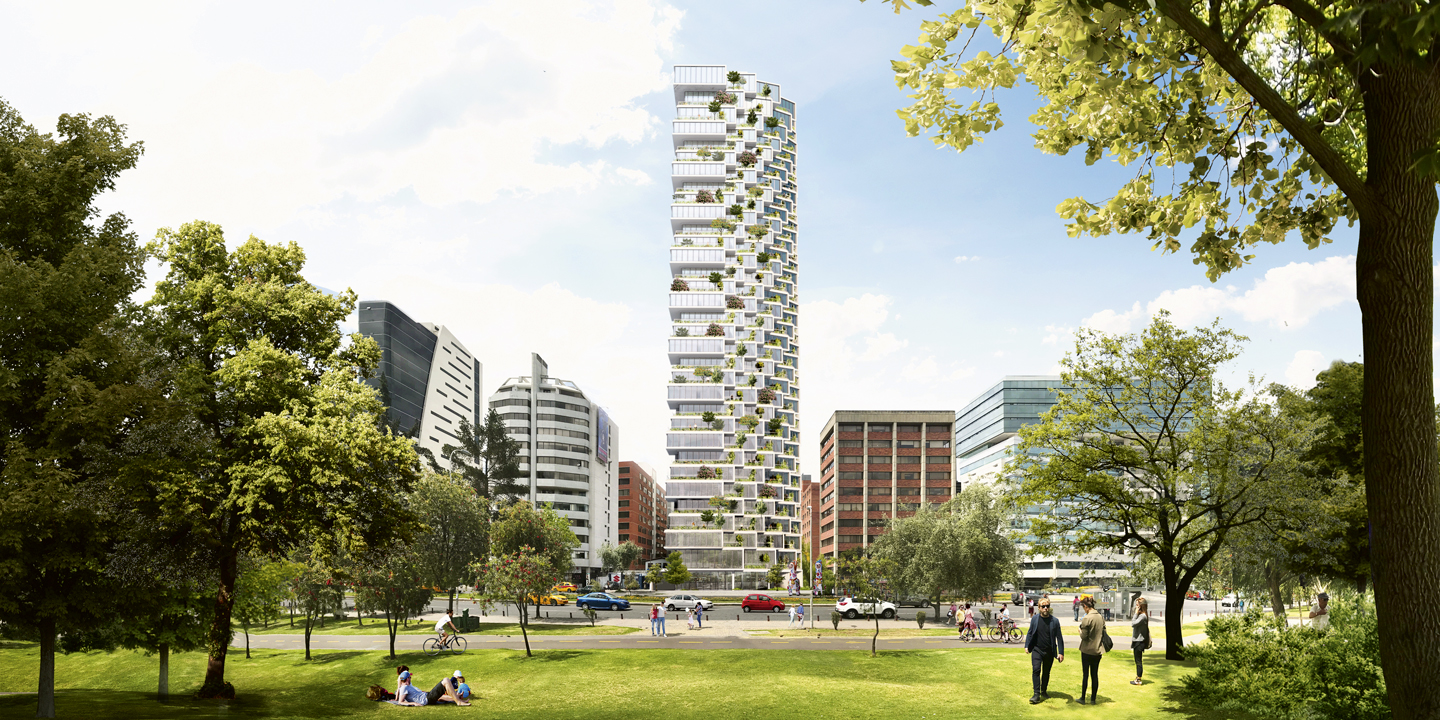Advisory on Buildability Santiago Albán – Revista CLAVE Magazine Increased buildability and land use change Opportunities for developers in Quito
All construction is governed by the Land Use and Occupancy Plan (PUOS), which establishes the limits of buildings in each zone. However, the needs of a city and its growth, in cases such as those of cities with a substantial increase in population, imply a greater supply of housing, office and equipment options to meet the demand of its inhabitants.
In this sense, in recent years, legal and technical frameworks have been generated that are in line with the concept of a compact and connected city with more centralities, which generate social cohesion with greater activities, as well as facilities for those who live in it.
Due to this reality, typical of cities that must grow in height, the DMQ has developed three instruments that are very useful for builders when planning their projects and evaluating the purchase of land for the development of a specific type of project. These instruments allow for greater buildability, i.e. the possibility of building a greater number of floors than normally foreseen by the PUOS, and are: Special Architectural Urbanistic Architectural Project (PUAE); Special Allocation Urbanistic Zones (ZUAE); and Eco-efficiency.
PUAE Special Architectural Urban Planning Project
PUAEs are tools that are defined in a planning instrument specifically for one or more specific properties. This instrument promotes the improvement of a specific area of influence, which has two major advantages: the modification of land use within the project to be developed, and the purchase of buildability. The PUAE must be approved administratively and, subsequently, through an ordinance approved by the Metropolitan Council.
The PUAE are projects that, by their nature, can be public or private, with some distinctions. Generally, an area of no less than 10,000m2 is required for land to be developed in rural areas, and 3,000m2 in urban areas of the DMQ. The main characteristic of this complementary planning instrument is the improvement of urban landscapes, ornamentation and improvement of green areas, tied to an inclusive element as a factor of the right to the city. The PUAE must include previous reports from several municipal entities, follow an approval process at the administrative level, and pass two debates in the Municipal Council.
It is important to mention that the PUAE have high design and management costs, involve high financing and a long administrative and regulatory process within the Municipality of Quito, however, their benefits are greater.
ZUAE – Zonas Urbanísticas de Asignación Especial (Special Allocation Urban Development Zones)
The ZUAE is an existing tool for the purchase of buildability, which is not necessarily tied to eco-efficient construction elements. By means of this instrument, the developer or builder may build up to two additional floors in exchange for the payment of onerous concession rights. In the metropolitan regulation report issued for each property, the Municipality of Quito has included a parameter to determine whether or not a property is within the special allocation zones, which is not necessarily related to elements of influence of public transportation, such as eco-efficiency, or others.
ECO-EFFICIENCY
The tool for the increase of buildability for eco-efficiency has been regulated since 2016, and was included a few months ago in the Municipal Code. In essence, it constitutes a possibility to purchase buildability, i.e. height, for up to double the amount authorized by the Land Use and Occupancy Plan (PUOS), under the condition that the property is located within the area of influence of the Quito Metro stations; and up to an additional 50% of what is stipulated in the PUOS if the project is within the area of influence of the Bus Rapid Transit (Eco-via, Trolleybus, Metro Bus), which is reflected in the factory line.
Eco-efficiency seeks to promote sustainable urban development by reducing water consumption, generating efficiency in energy consumption, reducing greenhouse gases, improving public space conditions on the first floor, among other parameters set forth in the regulations. For a project to be qualified as eco-efficient, it must be evaluated according to a matrix that allows the increase of floors depending on compliance with eco-efficient parameters foreseen for the project, and provided that it is located within an area of influence of a metropolitan transportation system. It is expected that there will be an improvement in urban quality, as well as greater connectivity for pedestrians and cyclists with transportation networks.
By qualifying these projects before the collaborating entities, with a score tied to a qualification matrix determined by the municipality, it will be possible to access the benefits of this tool, which finally generates responsibility in the care of the environment on the part of the builders, hopefully becoming common practice.
In accordance with the regulations, this tool could be easily applied through the presentation of a design report and calculation of compliance scores. This qualification finally translates into a land certificate for eco-efficiency, which will be granted by the corresponding zonal administrations, after application of the formula for onerous concession of rights for buildability, which also provides for the possibility of a payment in kind. These elements must be accompanied by several additional requirements that will allow access to a building permit for more floors than those granted in the current Land Use and Occupancy Plan.
There is no doubt that the Municipality of the DMQ has generated innovative tools for the real estate market, which, although they can be perfected, should be replicable in other cities of the country whose population density requires it. These mechanisms allow for changes in land use provided that there is adequate justification by the developer, and also allow for the purchase of buildable land in exchange for the payment of onerous concession rights provided for in the Organic Law of Land Use and Land Management, as a source of financing for urban development.
These tools are beneficial for developers and builders, municipalities, property owners and the city in general in several ways. On the one hand, they allow municipalities to obtain higher revenues in exchange for the sale of building land, in order to allocate these resources to urban improvement works. On the other hand, they allow developers or builders to make better use of the land on which they develop or plan to develop their projects, generating larger scale buildings with greater use, reducing the percentage of the cost of the land in the project by generating a greater saleable useful area. They also produce investment opportunities for the city, and activate its economy as this is the activity that generates the most sources of direct and indirect employment.
It should be emphasized that there is still room to generate new tools to further stimulate the construction sector, such as generating shorter and more efficient approval processes for projects that, in the long run, benefit the city by contributing to compensation measures and injecting resources into the municipal coffers, which should translate into better works with a greater impact on the city. There is also the possibility of innovating with strategies in force in other cities, such as the transfer of building rights, which could be a key element to revitalize and rescue the Historic Center of Quito.
Santiago Alban
